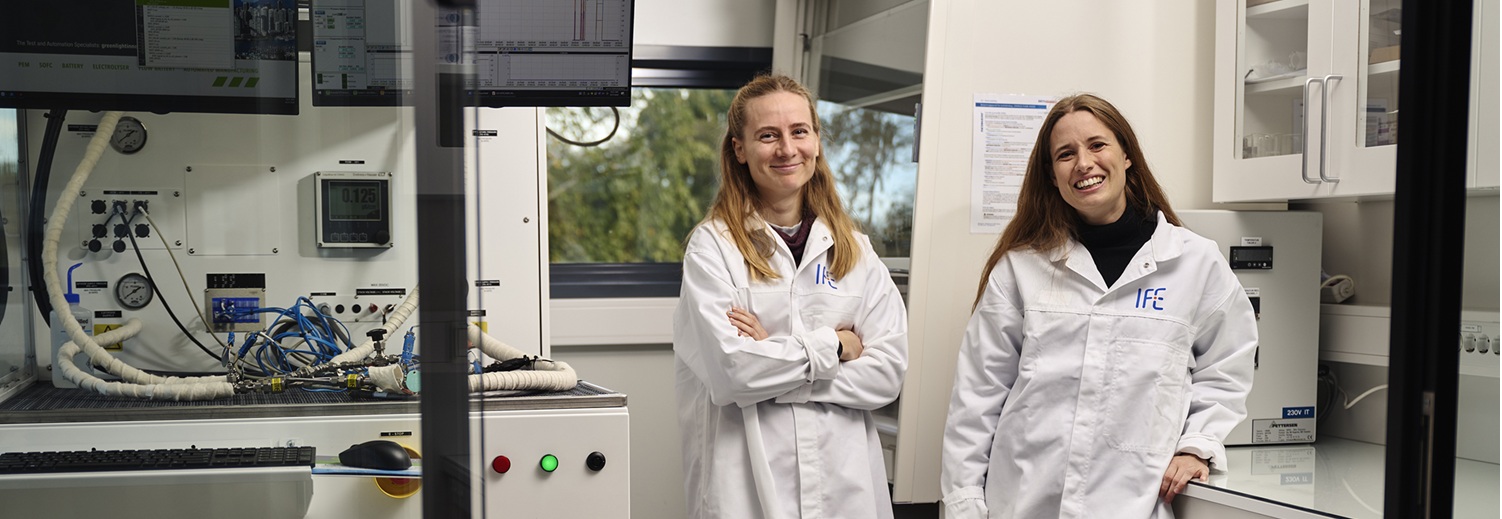HEMEC – 2D high-entropy materials for energy conversion
HEMEC combines quantum chemical modeling and experimental techniques to develop and understand stable high-entropy materials with potential for green hydrogen production.
Modern energy systems are highly dependent on materials with optimized properties for specific applications, such as for charge storage in batteries, selective ion transport in electrochemical cells, or conversion of light to charge carriers in photovoltaic systems.
Recent advances in computational methods open up for design of materials with desired functional properties through high-throughput modeling combined with machine learning, introducing important factors such as structural stability and energy levels already at the computational stage.
In the project this approach will be used on a relatively new class of materials, so-called high-entropy materials (HEMs) where a large number of atomic elements (typically 5 or more) are combined into a stable structure. The emphasis will be on layered structures that are promising for tuneable catalytic reactions, specifically water electrolysis and hydrogen generation.
The project combines computational methods, quantum computation, and experimental tools and includes international collaboration in order to gain fundamental understanding of relationships between composition, structure, and properties in these new materials, with the aim of developing a methodology for predicting stable functional HEMs and demonstrate water electrolysis with a novel HEM synthesized in the project.
Partnere
University of Oslo
